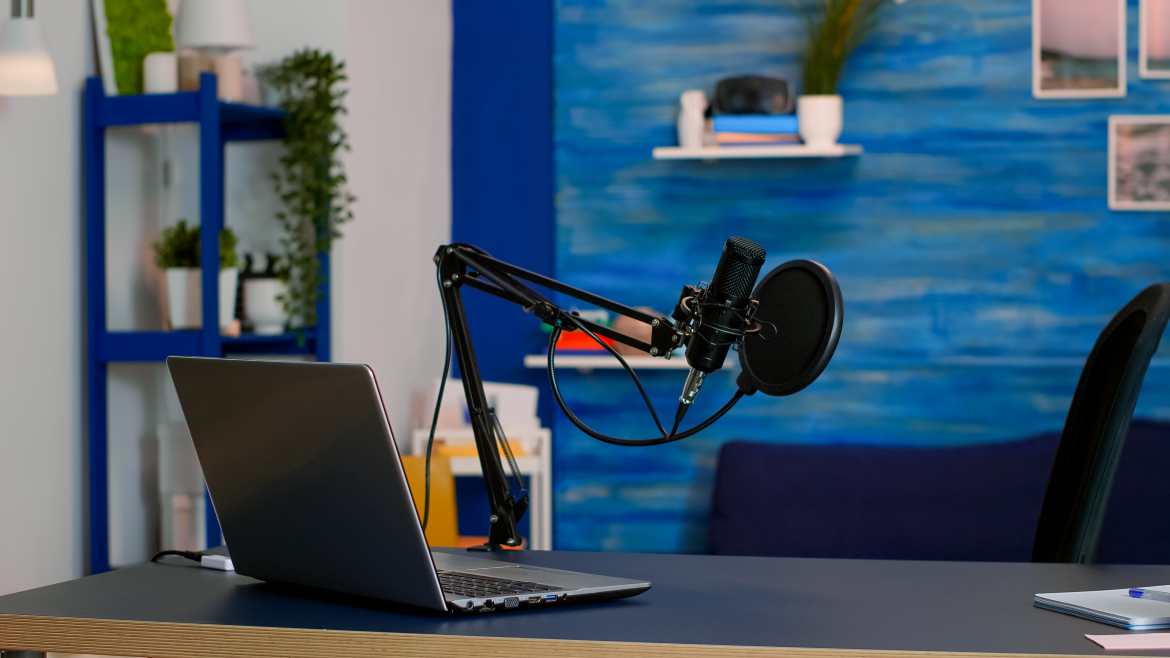
How to Use Micro-Influencers to Promote Your Business
Influencer marketing has evolved considerably in recent years, with micro-influencers becoming a key tool for businesses looking to reach more targeted and authentic audiences. Unlike big influencers with millions of followers, micro-influencers are content creators with smaller audiences, typically between 1,000 and 100,000 followers, but with a much higher level of engagement. This closeness to their audiences and the authenticity they convey makes them an ideal choice for promoting products or services in a genuine way.
One of the main advantages of working with micro-influencers is their ability to generate a higher engagement rate. Audiences tend to trust them more because they are perceived as real people sharing authentic experiences, rather than celebrities removed from everyday reality. This level of trust generates a significant impact on followers’ purchasing decisions, making micro-influencers’ recommendations more effective. Additionally, since their audience is smaller, they tend to have a closer and more personalized connection with their followers.
To start using micro-influencers in your marketing strategy, it’s important to identify those who align with your business’s values and goals. The first step is to thoroughly research the platforms where your target audience is active, such as Instagram, YouTube, TikTok, or niche blogs. The ideal micro-influencer should have an engaged audience that matches your target customer’s profile. For example, if you sell eco-friendly beauty products, it would be more effective to collaborate with a micro-influencer who promotes a sustainable lifestyle and shares content related to wellness and nature.
Once you’ve identified the right micro-influencers, it’s essential to build an authentic relationship with them. Rather than approaching collaboration with a purely transactional approach, aim to build a long-term relationship based on mutual trust. Micro-influencers value authenticity, so it’s important that you allow them to maintain their unique style and voice when promoting your product. If the content they create feels forced or unnatural, their audience is likely to pick up on this and the impact of the campaign will be lessened.
Content generated by micro-influencers can take many forms, from product reviews and demonstrations to unboxings or social media posts highlighting the benefits of your product. One of the most effective strategies is to create engaging visual content that can capture the audience’s attention and show the product in use. For example, a fashion micro-influencer can show how they integrate your clothing into their everyday outfits, while a foodie can share a recipe using your ingredients. These hands-on demonstrations allow their audience to see the product in action and how it can fit into their own lives.
Another key advantage of working with micro-influencers is affordability compared to macro-influencers or celebrities. Micro-influencers’ rates are often more affordable, allowing small and medium-sized businesses to collaborate with several of them at the same time and gain greater exposure. Additionally, many micro-influencers are open to working on non-monetary exchanges or collaborations, such as receiving free products or participating in exclusive brand events.
Tracking performance is critical to ensuring the success of a micro-influencer campaign. Establishing clear metrics such as reach, engagement rate, and conversions will help you evaluate the impact of the collaboration. Social media analytics tools and specialized influencer tracking platforms can provide you with valuable data on how micro-influencers’ posts are influencing your audience and generating sales. Additionally, you can offer exclusive tracking links or discount codes to more accurately measure ROI.
As you progress through your campaign, it’s essential to keep an eye on the response from your followers. Comments and interactions can offer important insight into how they perceive your product and whether the collaboration with the micro-influencer is having the desired effect. If you notice that the interactions are positive and generating interest in your brand, this can be a sign that the relationship with that micro-influencer is strong and worth continuing to collaborate with.
Ultimately, the key to making the most of micro-influencer marketing is consistency and patience. Unlike large marketing campaigns, the results of micro-influencer marketing may not be immediate, but they tend to be more sustainable and long-lasting. Brands that maintain long-term relationships with micro-influencers and continue to feature them on their platforms typically enjoy greater loyalty from consumers.
In short, using micro-influencers can be a powerful strategy to promote your business in an authentic, cost-effective, and effective way. Identifying the right influencers, building a genuine relationship with them, and carefully measuring the impact of the campaign are key steps to ensuring success. With the right strategy, micro-influencers can help increase your brand visibility, build trust with consumers, and ultimately drive sales.





